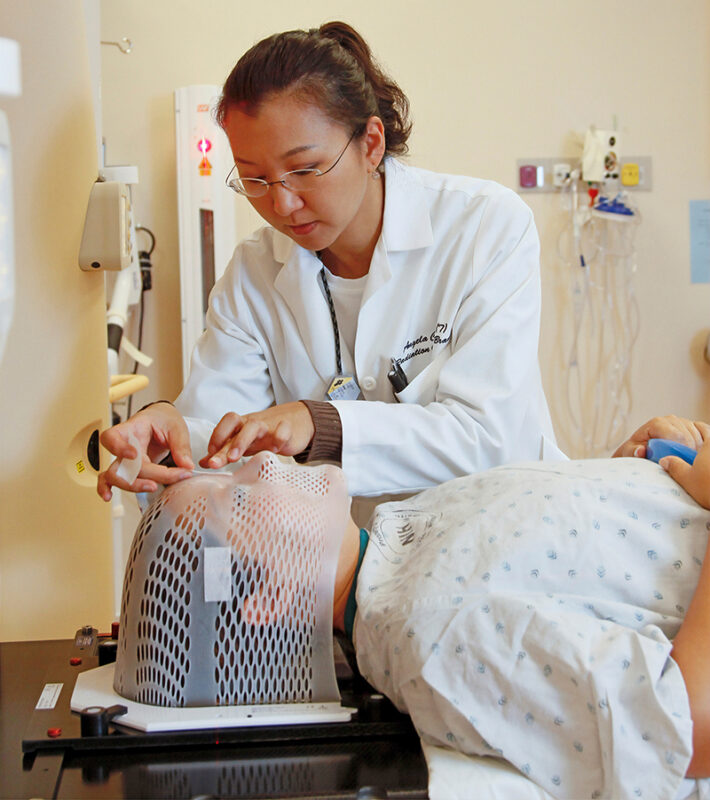
Cancer Prevention and Early Detection:
How to Reduce the Deadliness of Cancers
Cancer represents a wide array of diseases that can affect all organs in the body. It is caused by the uncontrollable growth of abnormal cells, which can spread beyond their usual location to affect other organs. Difficulties diagnosing and treating cancers have made it one of the most prominent causes of death globally, with one in six deaths recorded in 2018 being attributed to the disease. However, cancer detection and prevention methods now give those afflicted with much better odds of survival than they once would have had. Here are some ways that modern understanding of cancer is reducing the deadliness of the disease.
Early Detection
One of the most effective ways of reducing the lethality of cancers is to diagnose the disease early and treat it accordingly. Modern detection methods make it easier to find tumours before they become life-threatening.
Often, routine examinations are carried out in individuals over a certain age or are more at risk of developing specific cancers. This allows medical professionals to prescribe treatment regimes early on, reducing the likelihood of metastasis and, therefore, death.
A powerful method for early detection of tumours is to undergo a private CT scan for cancer. This technology produces a detailed 3D image of the body, including all internal organs and bones. Medical professionals can then use the scan to look for tumours and prescribe early treatments should anything be found.
Prevention
In addition to the more robust methods of detecting cancers nowadays, modern research into the disease has also shed more light on the potential causes of tumours. Our understanding of environmental and genetic factors that can predispose individuals to certain types of cancer has improved significantly in recent decades. This has allowed medical professionals to give better advice on lifestyle changes that could reduce the likelihood of developing cancer altogether.
Several key risk factors have been identified that can significantly increase the risk of developing cancer. These include smoking tobacco (and possibly vaping as well), unhealthy and heavily processed foods, sedentary lifestyles and excessive alcohol consumption. Therefore, these should be avoided as much as possible to reduce the likelihood of developing cancer.
One of the most widely publicised success stories in cancer prevention comes from the rollout of the human papillomavirus (HPV) vaccine. There are various types of HPV, but just two types are responsible for 70% of cervical cancers, which can be a highly deadly form of cancer. The rollout of the HPV vaccine to school-age children has been one of the biggest cancer-prevention success stories.
Conclusion
In summary, understanding of cancers in the scientific and medical communities has improved significantly over the past decades. We now know the importance of early detection of the disease for treating it successfully. Our increased understanding of environmental and genetic risk factors allows for better advice on cancer prevention. Overall, while cancer remains one of the leading global causes of death, early detection and prevention of cancers have improved survival rates substantially.








